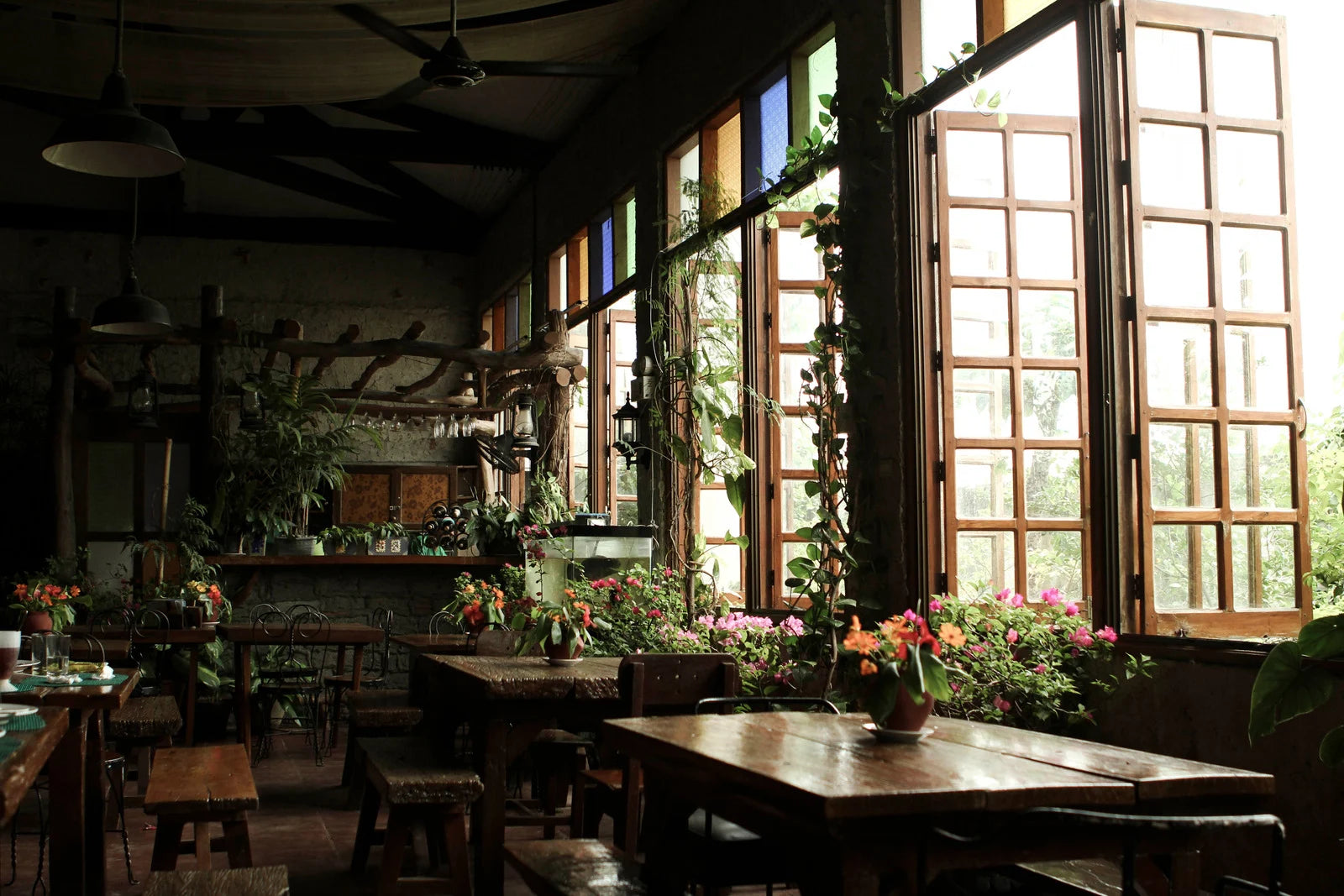Availability of fresh food is often taken for granted and we tend to overlook the abundance of edible plants that nature provides. Exploring the realm of edible wild plants not only offers a thrilling adventure but also allows us to expand our food sources beyond cultivated crops. At Seed Armory, we will embark on a journey through the lush wilderness and discover a myriad of delicious and nutritious plants that nature has to offer.

-
Dandelion: Often considered a pesky weed, the dandelion (Taraxacum officinale) is actually a highly nutritious plant. Its leaves can be used in salads, providing a rich source of vitamins A, C, and K. The flowers can be used to make a soothing and flavorful tea, while the roots can be roasted and ground to make a caffeine-free coffee substitute.
-
Stinging Nettle: Though its name might seem intimidating, the stinging nettle (Urtica dioica) is a plant with remarkable culinary potential. Its young leaves can be harvested and cooked as a leafy green vegetable, offering a unique flavor and a wealth of essential nutrients, including iron, calcium, and vitamins A and C. Just remember to wear gloves when collecting them to avoid their stinging hairs!
-
Wild Garlic: Wild garlic, also known as ramps (Allium tricoccum), is a delightful plant that adds a punch of flavor to various dishes. Its leaves have a distinct garlicky taste, perfect for salads, pestos, and soups. The bulbs can be pickled or used as a substitute for conventional garlic. This versatile plant is a true culinary gem in the wild.
-
Purslane: Often dismissed as a garden weed, purslane (Portulaca oleracea) is a succulent plant with a surprisingly high nutritional value. Its leaves can be enjoyed raw in salads or cooked as a spinach substitute. Purslane is rich in omega-3 fatty acids, vitamins A, C, and E, and contains more iron than spinach. Its mild, tangy flavor adds a refreshing twist to any dish.
-
Elderberry: Elderberry (Sambucus nigra) is a widely recognized plant with remarkable medicinal properties, but its fruits are also edible and incredibly versatile. Elderberries can be used to make delicious jams, jellies, pies, and even wines. Not only are they packed with antioxidants, but they also possess immune-boosting qualities. Just be sure to cook the berries before consumption to remove any potential toxicity.

Exploring the world of edible wild plants not only opens up a whole new culinary experience but also allows us to reconnect with nature and tap into sustainable food sources. By expanding our diet to include these often overlooked plants, we can reduce our reliance on cultivated crops and embrace the bounty of nature. However, it is essential to exercise caution and proper identification skills before consuming any wild plant to ensure our safety.
Remember to gather plants from areas that are free from contamination, and if you are uncertain about a plant's edibility, consult an expert or a reliable field guide. Let us embark on this exciting journey of discovering the hidden treasures of edible wild plants, enriching our meals with nature's gifts and fostering a deeper appreciation for the remarkable diversity that surrounds us.











